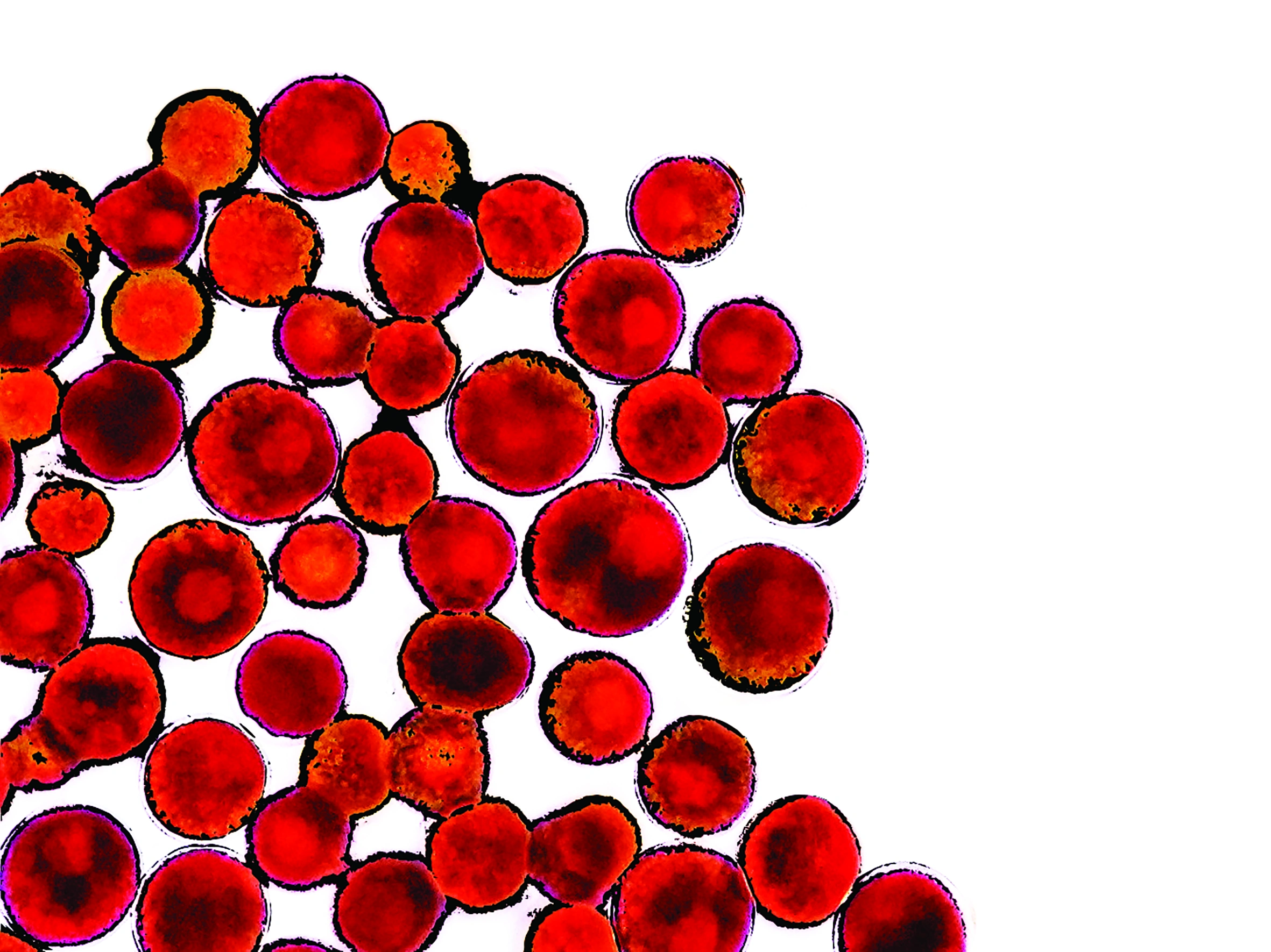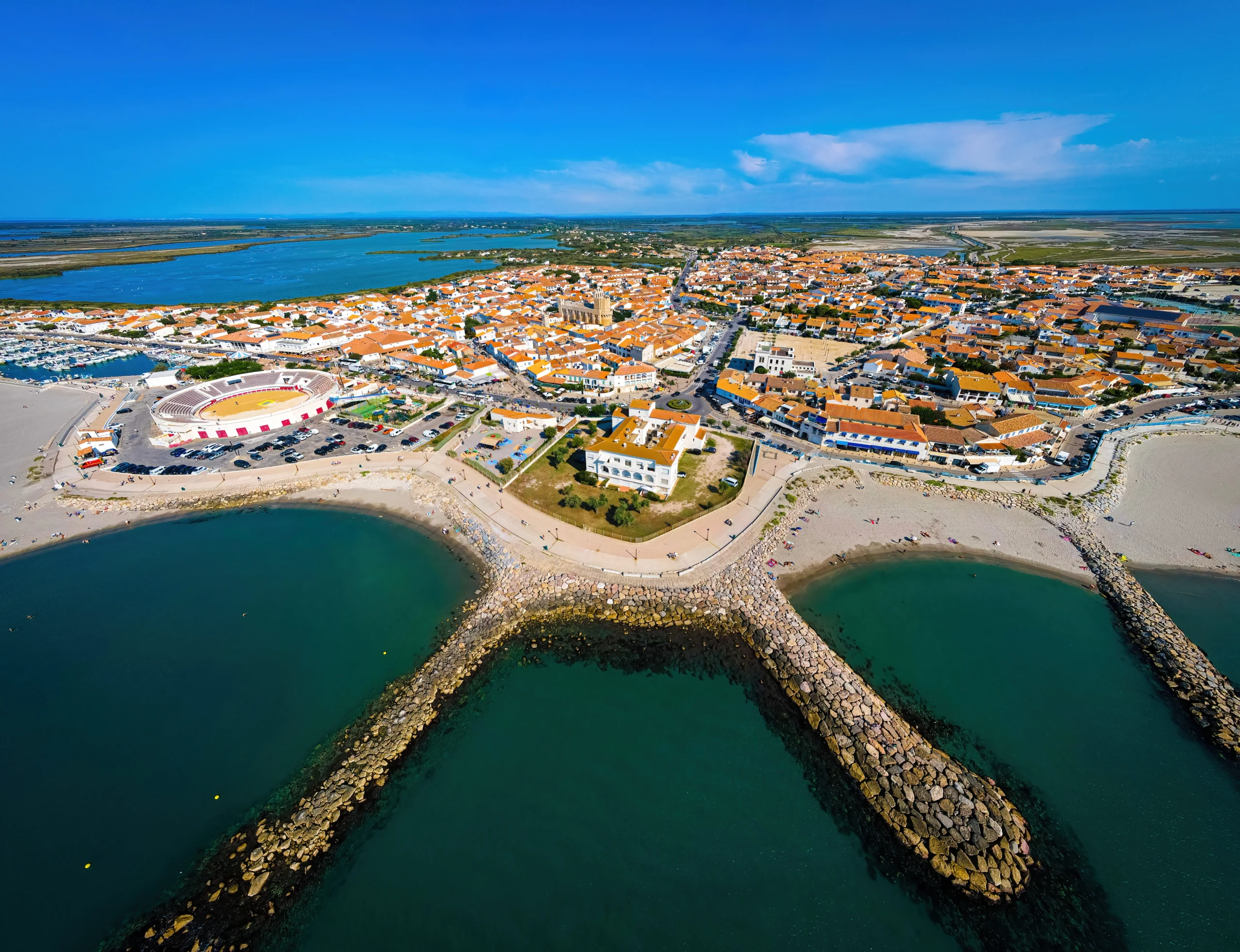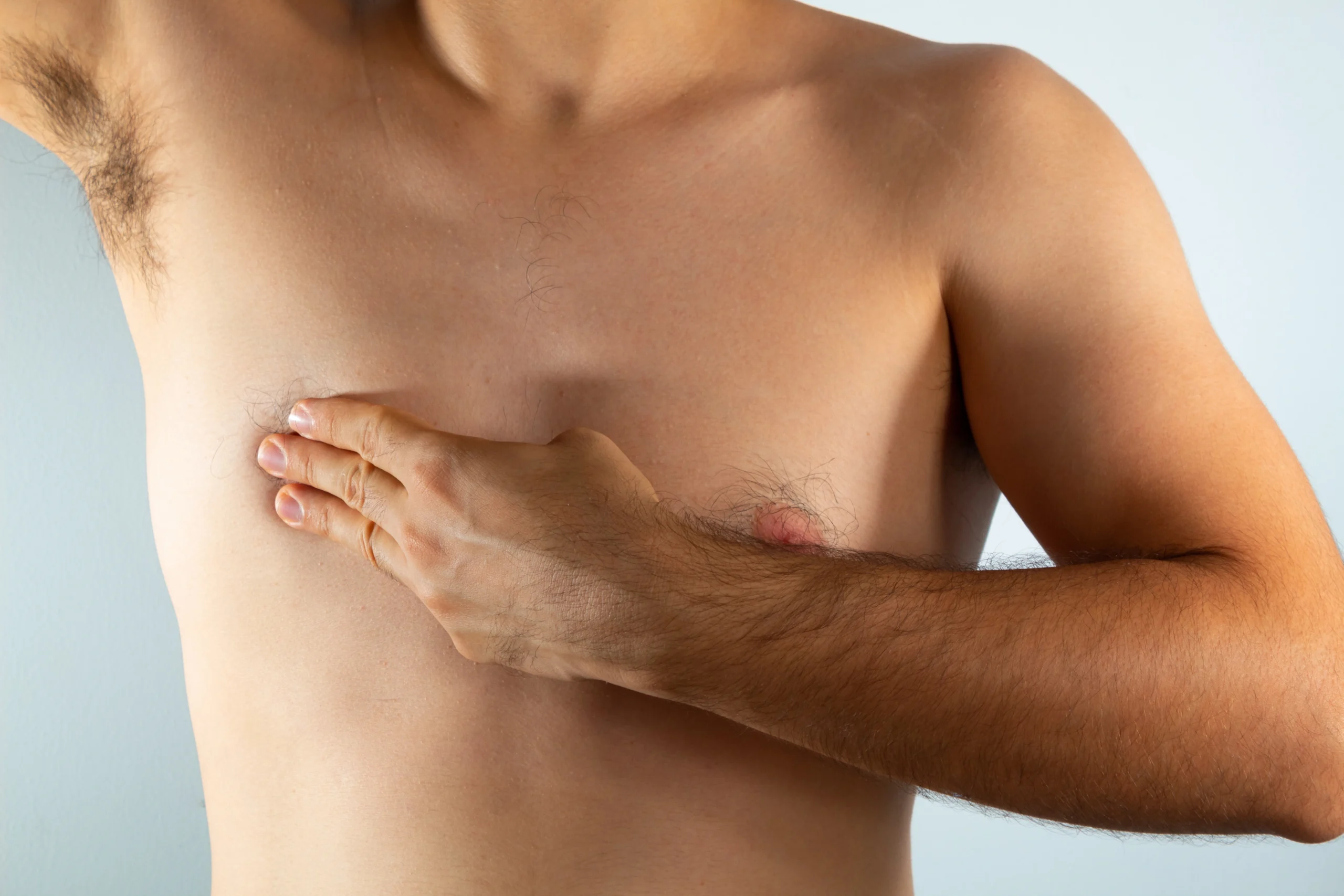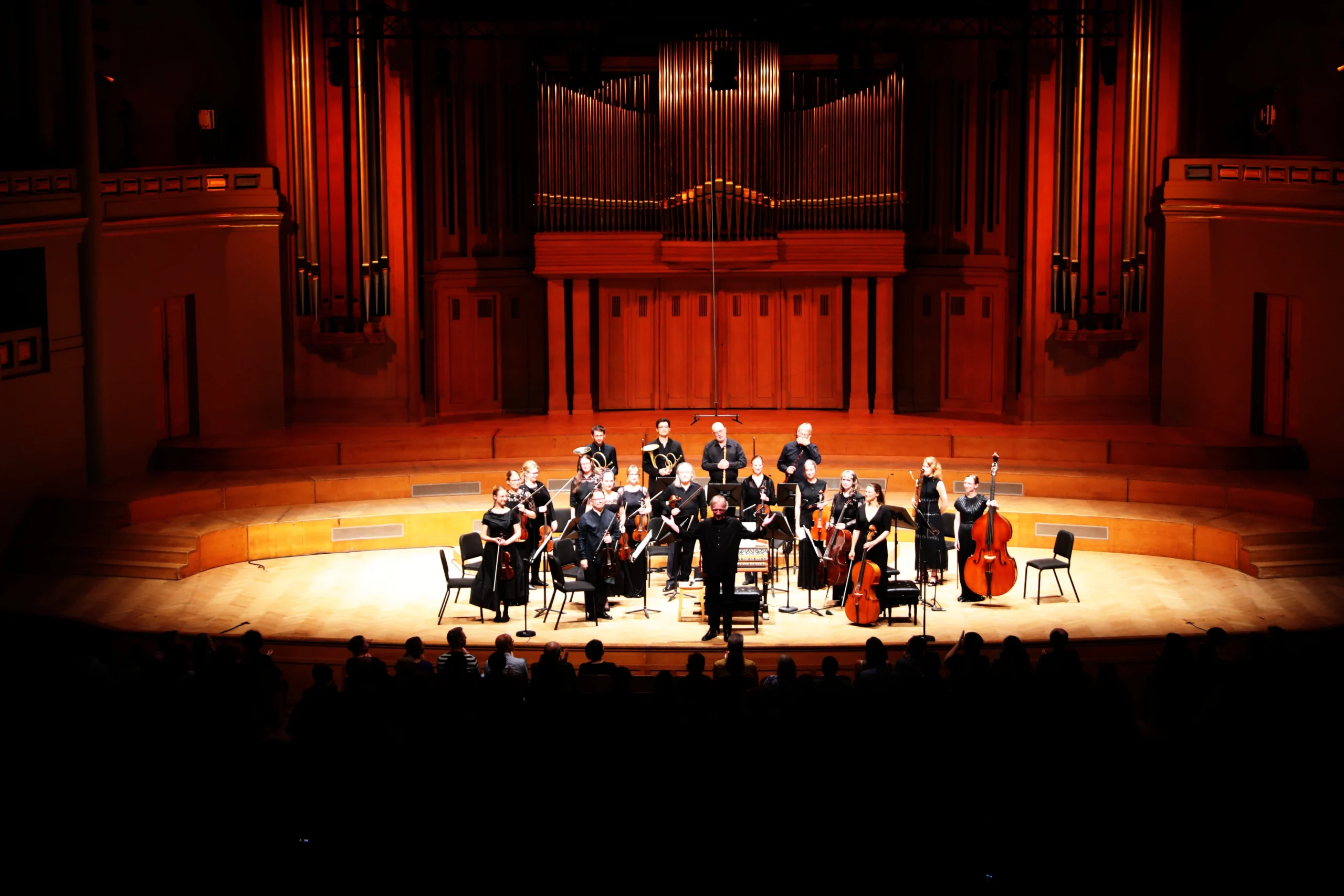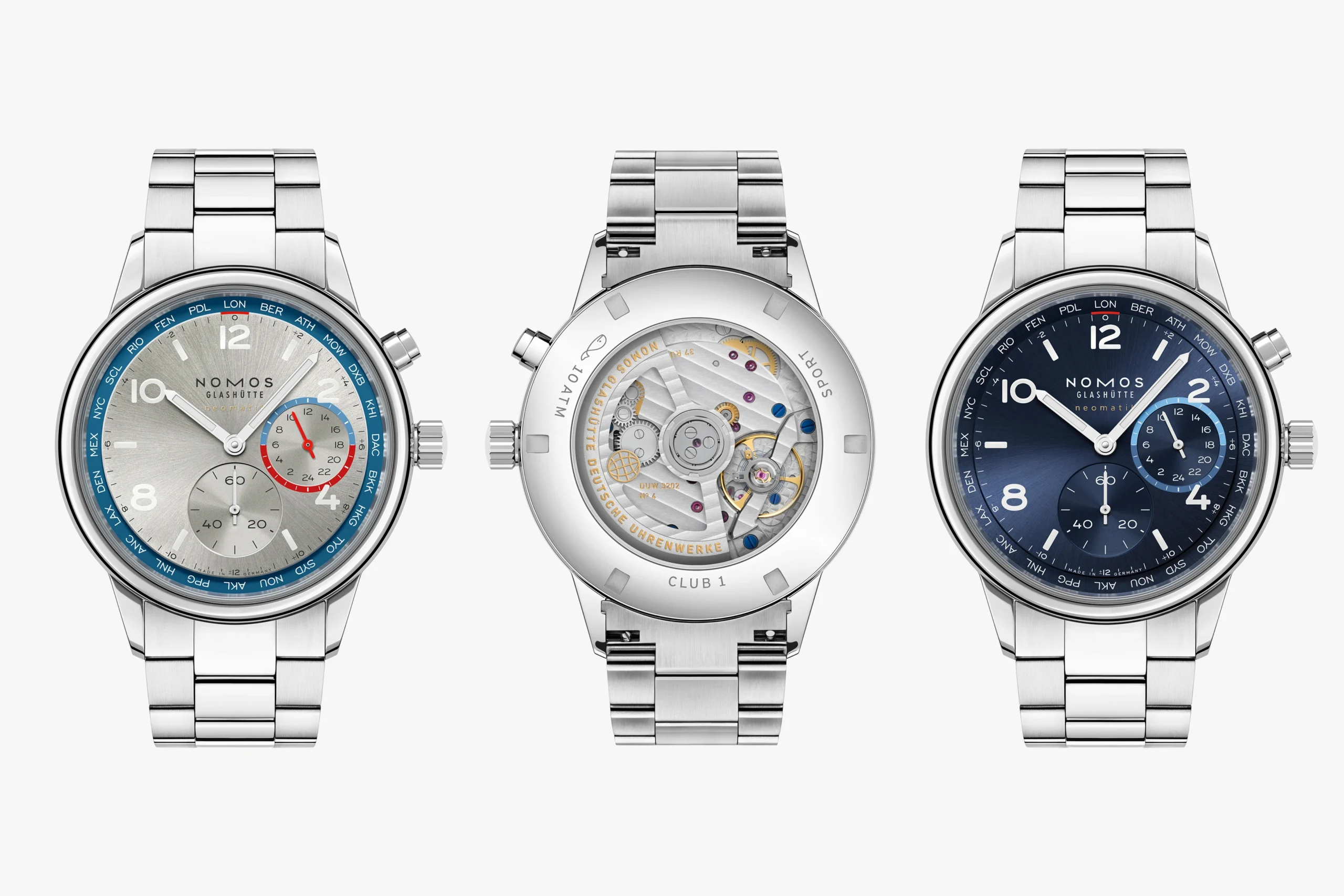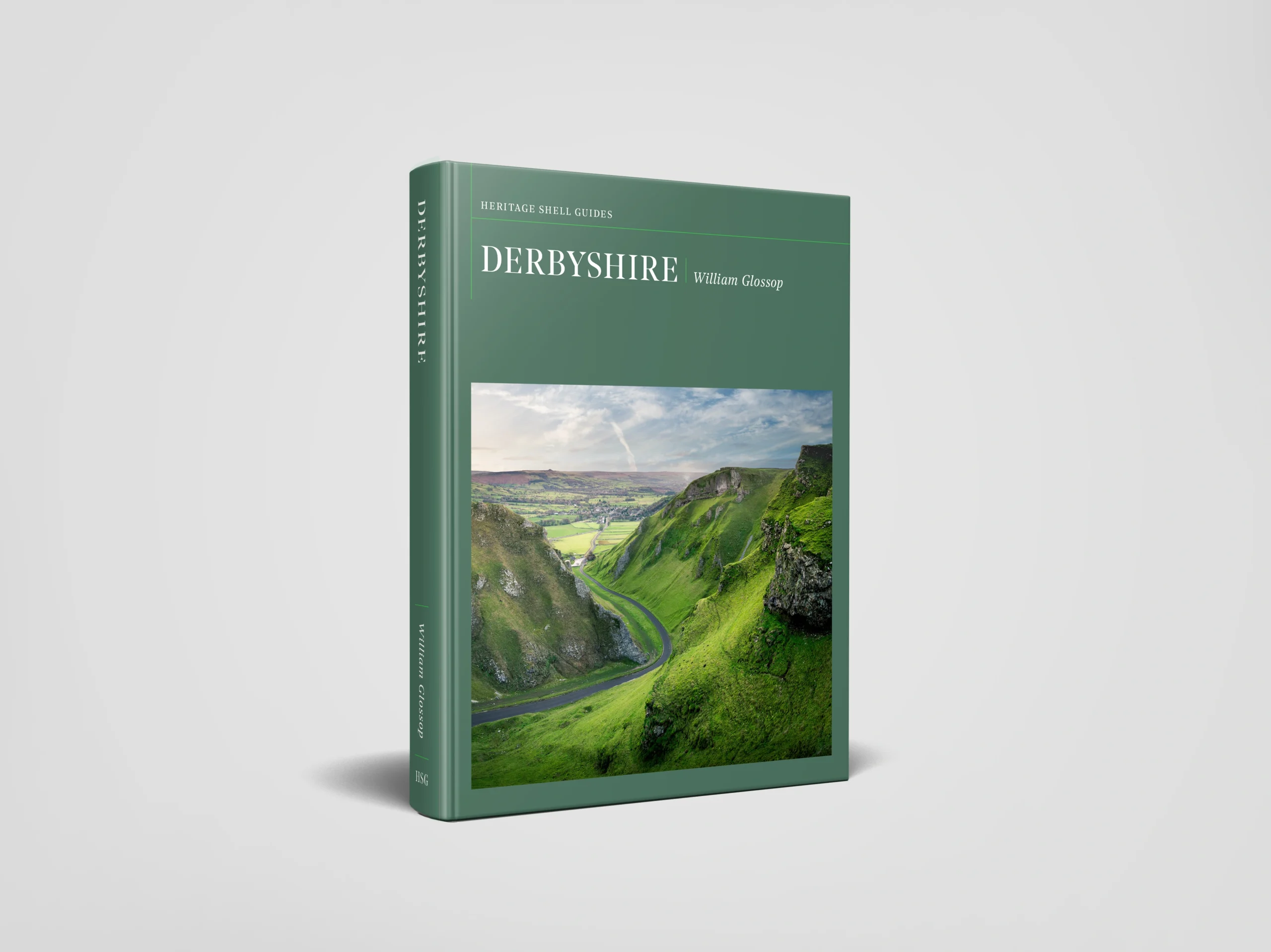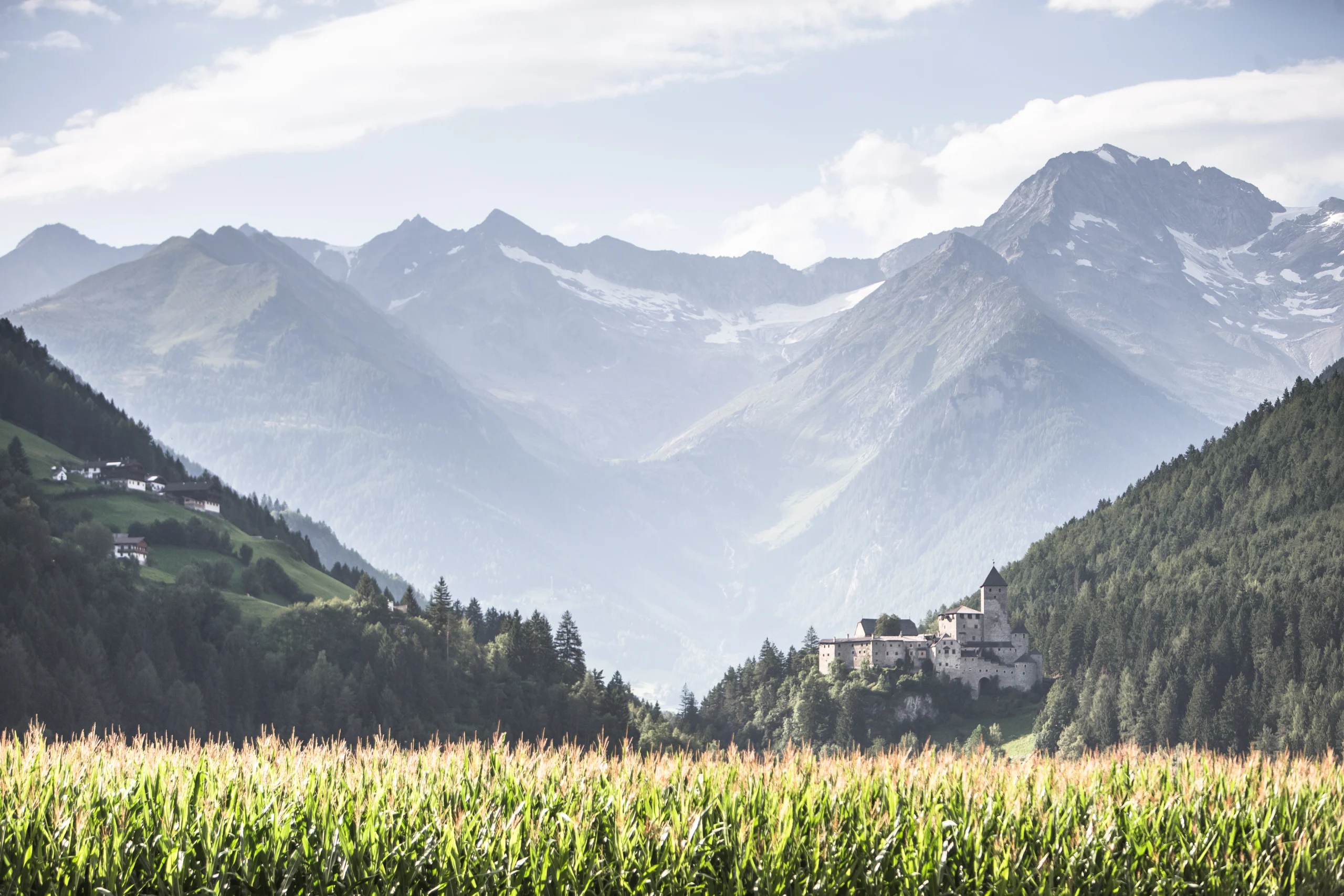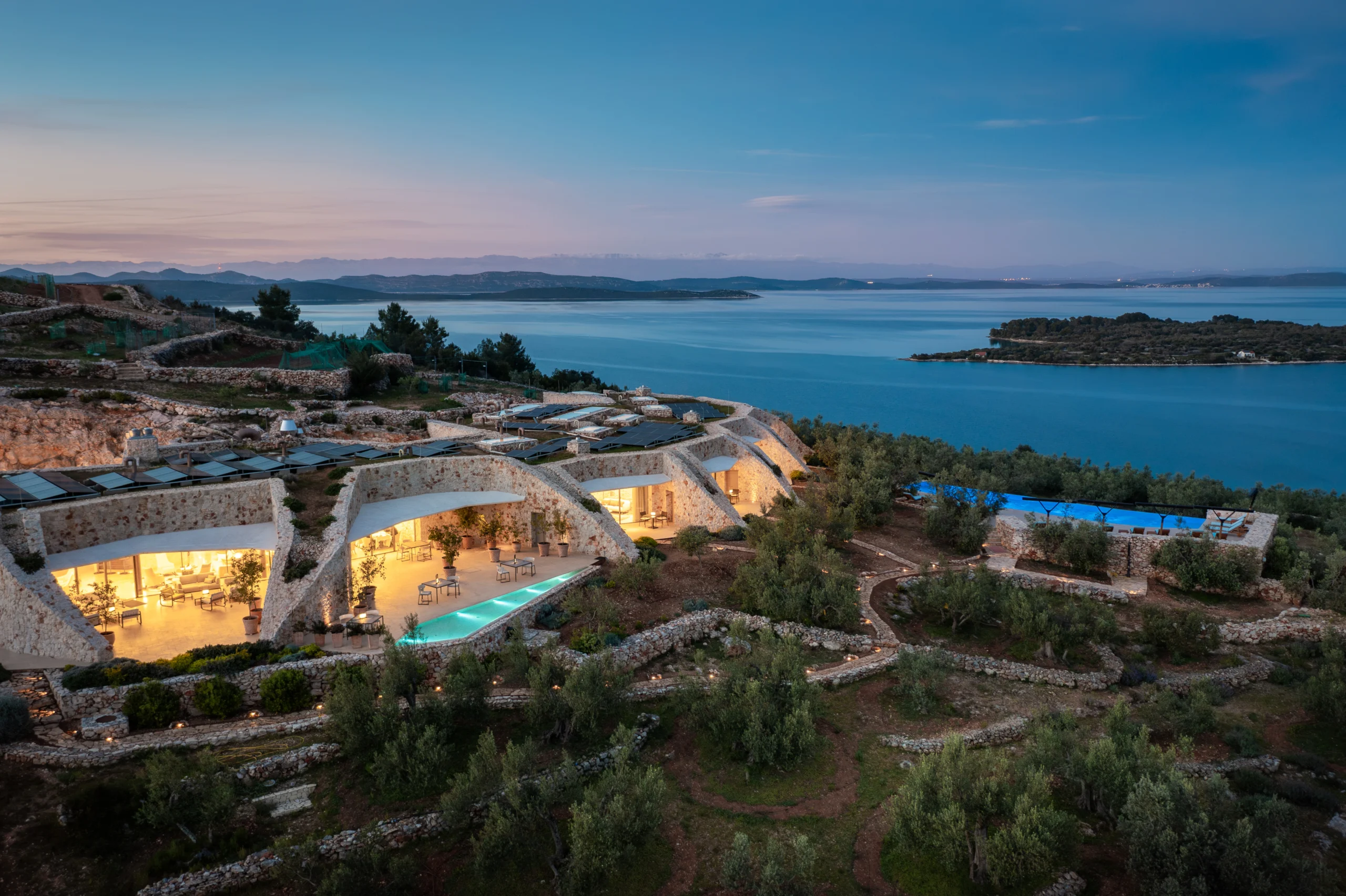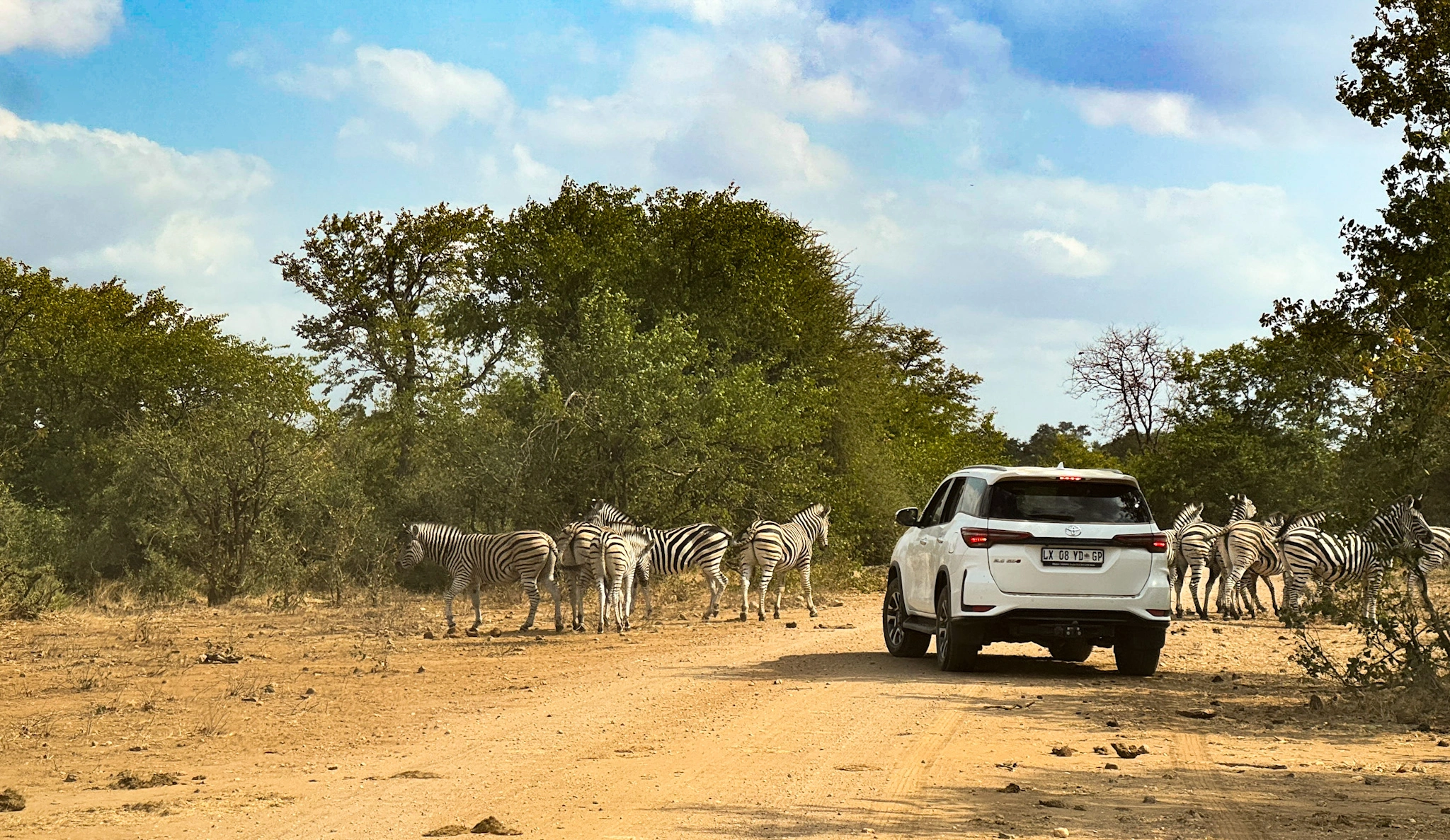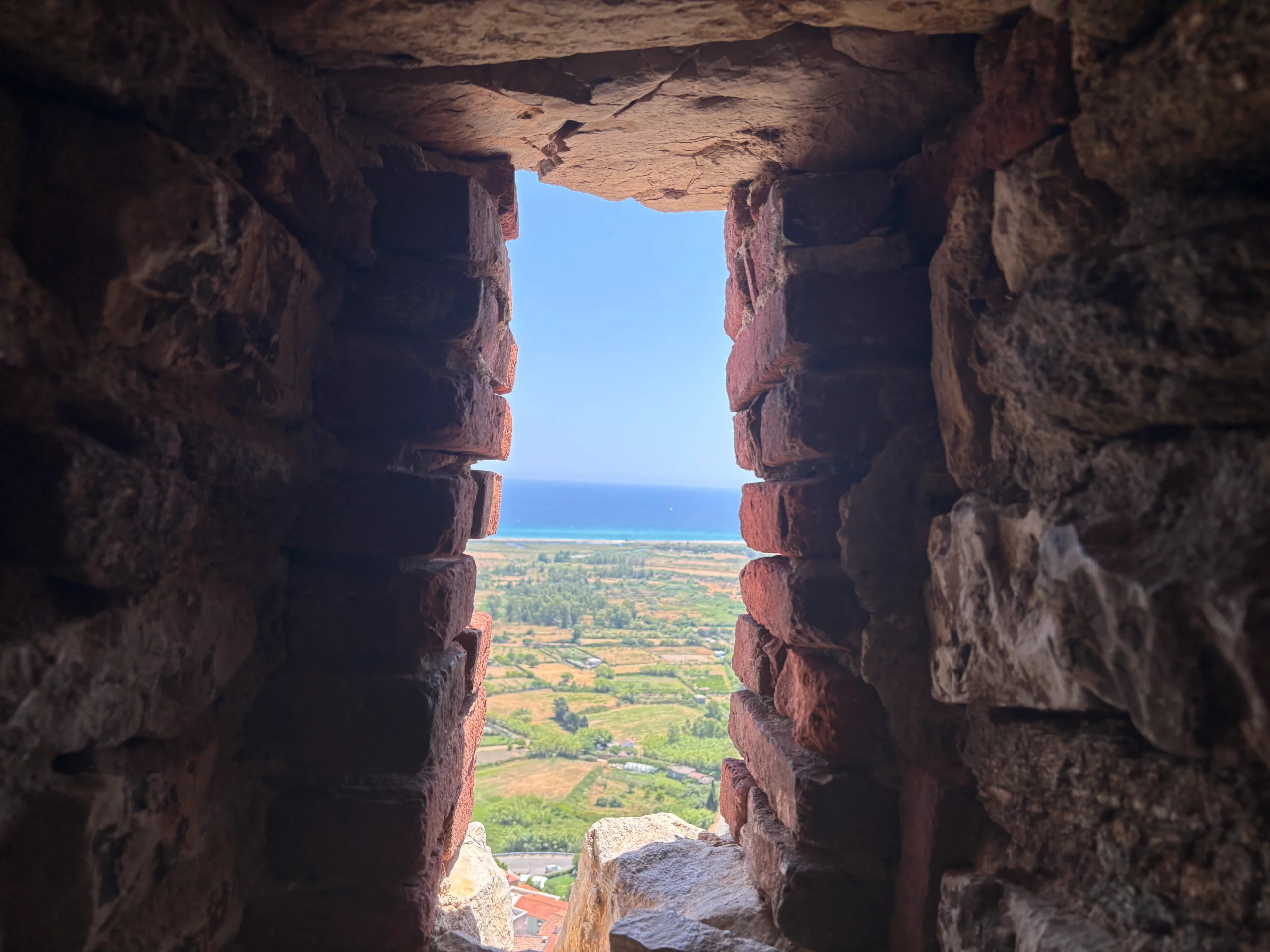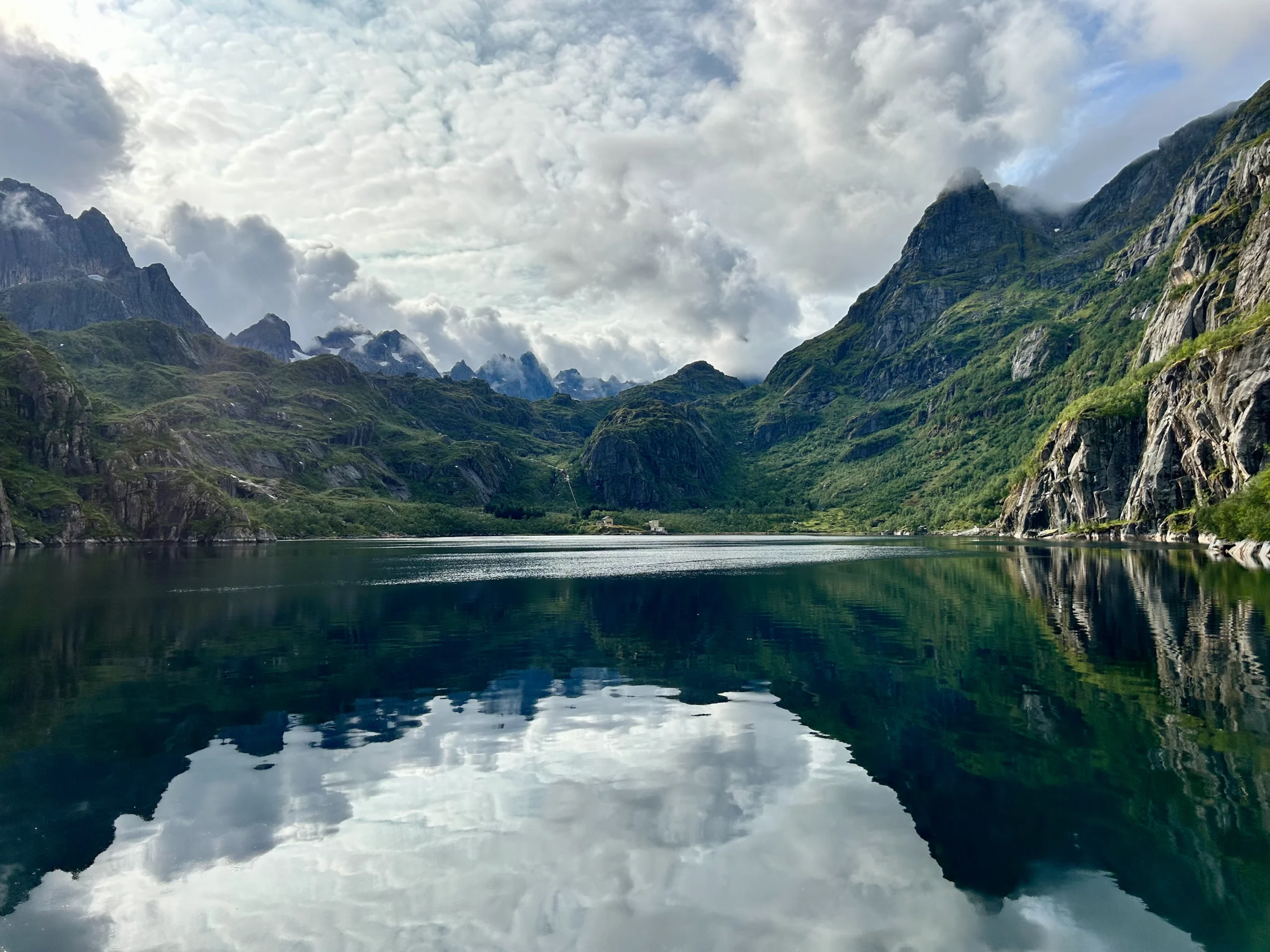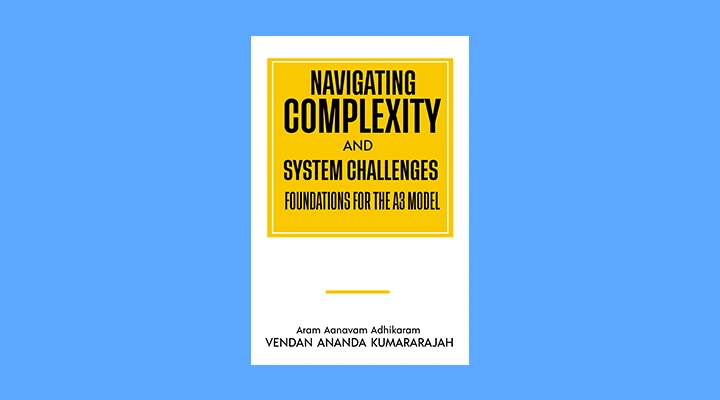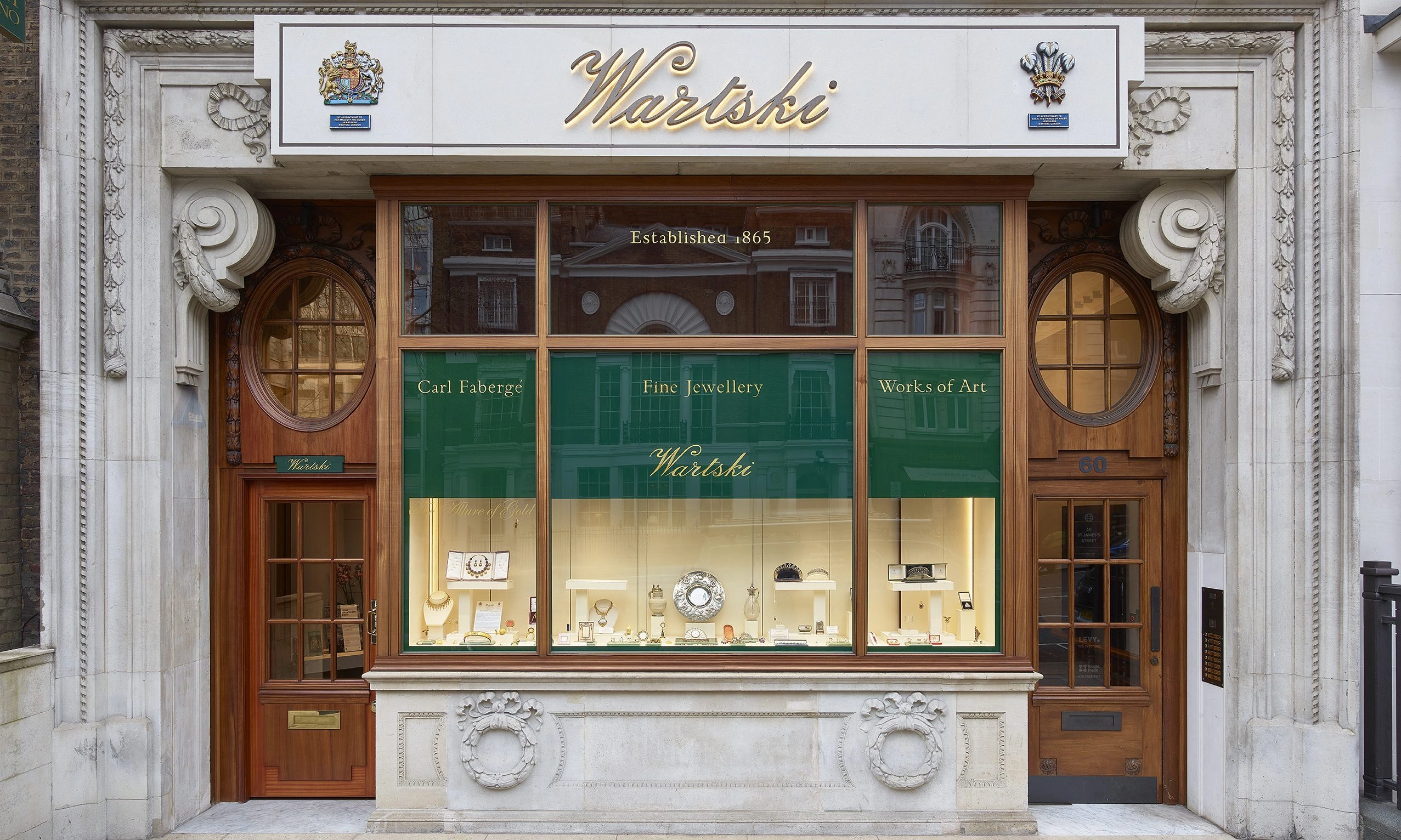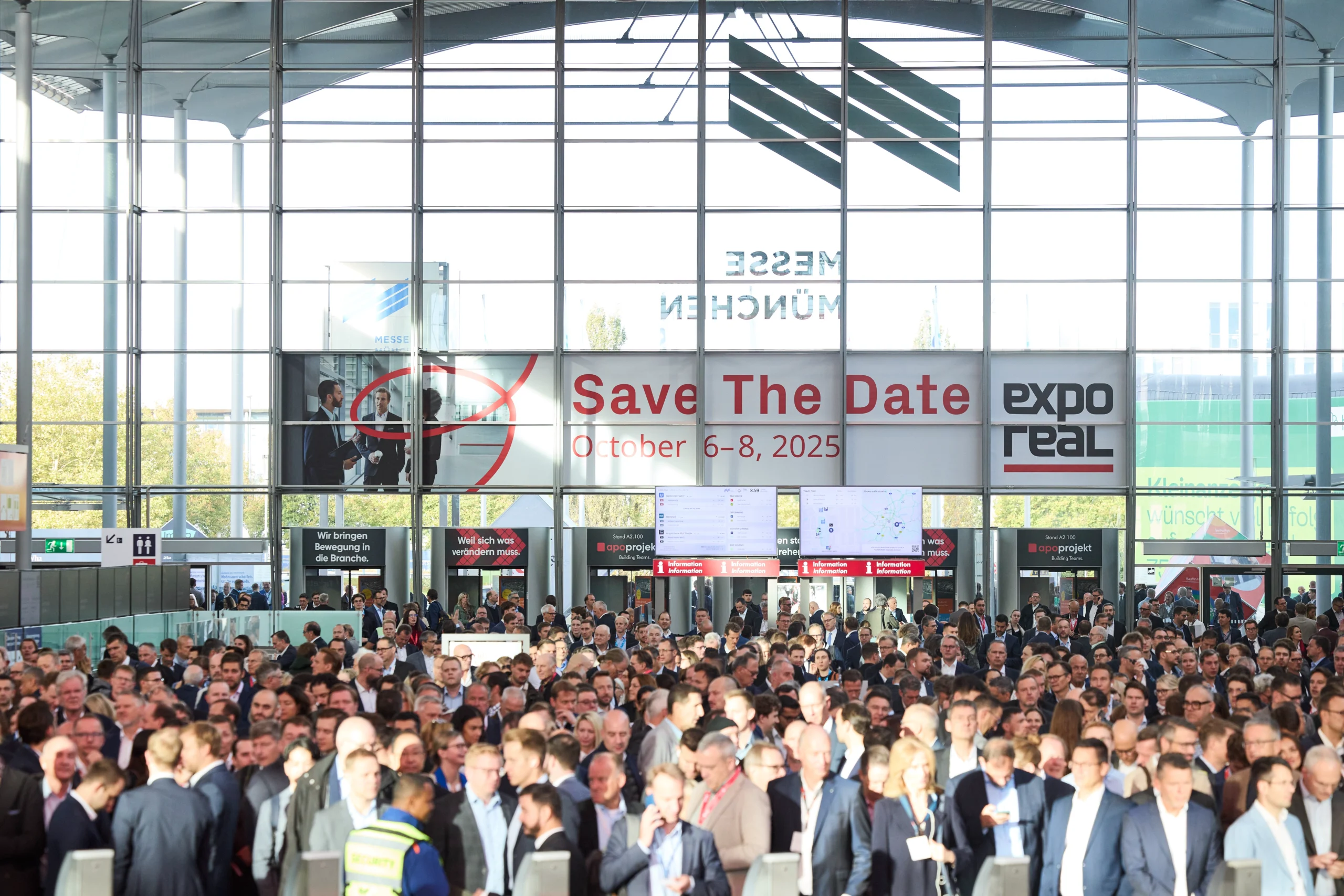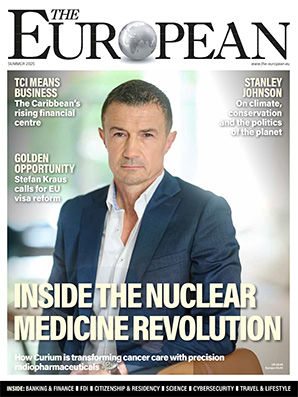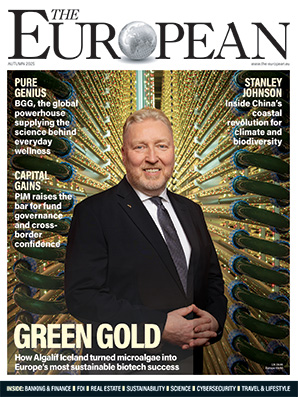Prague positions itself as Central Europe’s rising MICE powerhouse

Ollie Crow
- Published
- Business Travel
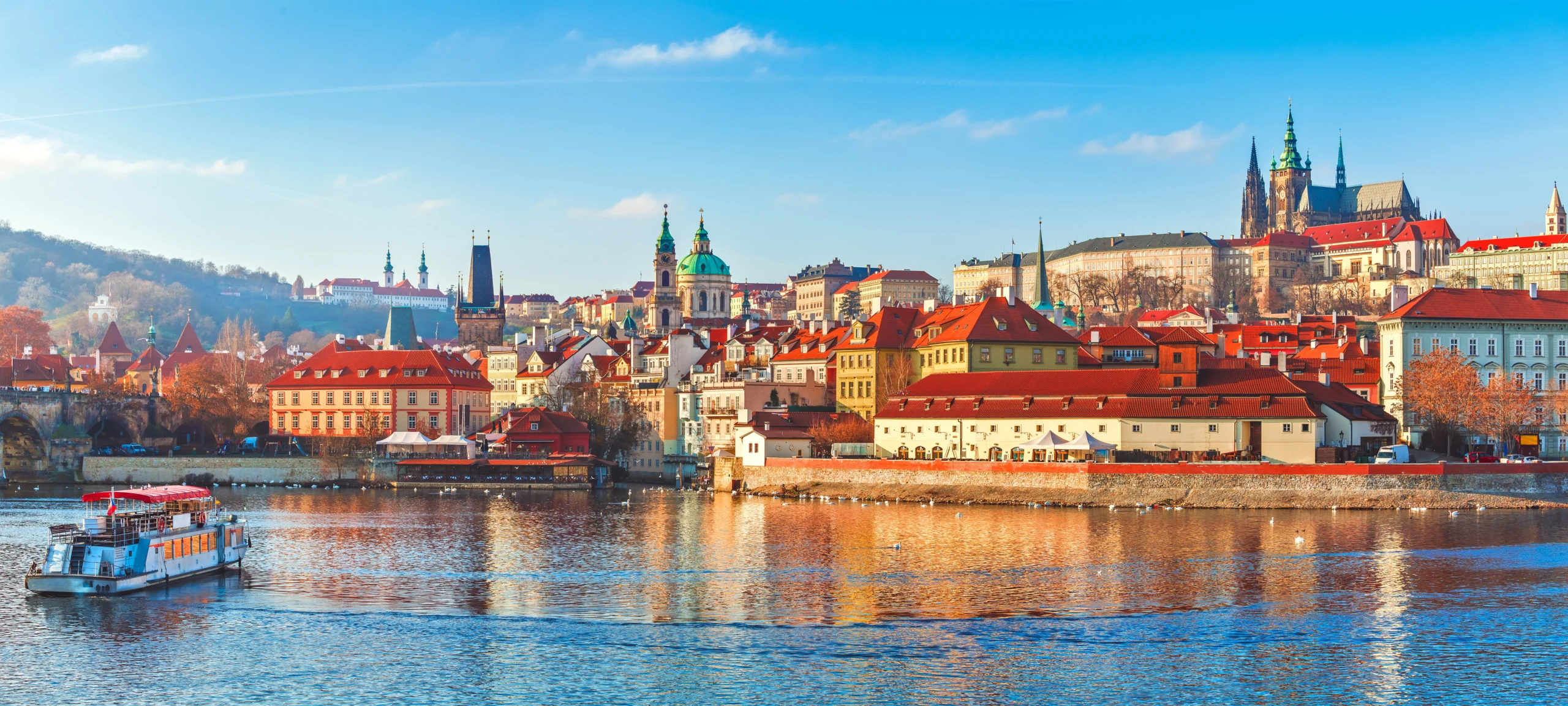
The global Meetings, Incentives, Conferences and Exhibitions industry is forecast to reach USD 1.3 trillion by 2030 as corporate travel rebounds and hybrid formats reshape events. Europe remains the sector’s epicentre, and Prague is emerging as Central Europe’s strongest contender by combining modern venues, international connectivity and a cost profile that is winning over planners under pressure, discovers Ollie Crow
The global MICE sector has rebounded strongly since the pandemic, with revenues expected to grow at a 7.82% CAGR to 2030. According to new figures, growth is being fuelled by the return of corporate travel, hybrid event formats that extend reach, and government investments in venue capacity. Technology, and particularly AI-enabled attendee matching, meanwhile, is lifting return on investment for planners, while sustainability mandates are pushing organisers to seek green-certified venues and low-carbon destinations.

Thanks to its concentration of modern venues, extensive international transport links and well-established conference infrastructure, Europe remains at the epicentre of some of the world’s most competitive MICE markets. But while traditional capitals like Paris, Berlin and Vienna continue to attract the lion’s share of events, a growing tier of ‘secondary cities’ — Prague among them — is swiftly gaining ground by pairing state-of-the-art facilities with lower costs and simpler logistics.
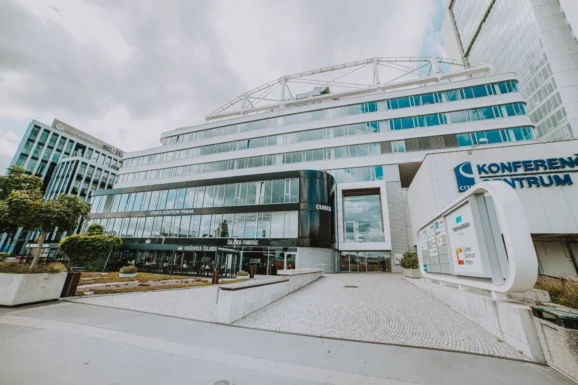
For planners under pressure to manage rising costs, the Czech capital in particular has become something of a sweet spot. Its venues range from Renaissance palaces and river steamers to LEED Platinum-certified convention centres and reimagined hotels, while the city itself boasts extensive air and rail links and a compact city layout that keeps transfers quick, cheap and simple. International meetings and conferences here rose by 5.1 per cent between 2023 and 2024, according to the Prague Convention Bureau.
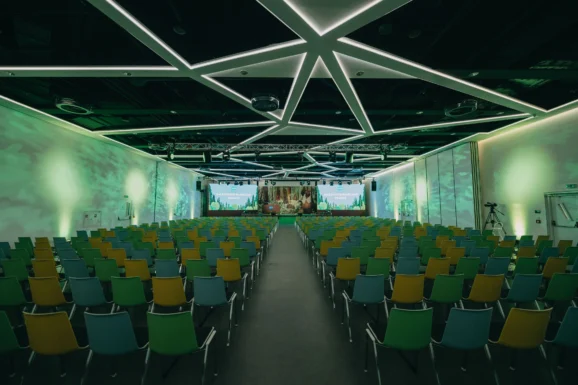
Prague’s infrastructure is unusually varied for a city of its scale. At one end is Cubex Centre Prague, opened in 2018 and already in demand through 2029. Part of the LEED Platinum-certified Trimaran complex, it draws on Czech Cubism for its design with geometric touches extending from walls down to drinking glasses. The space is highly customisable: corridors and staircases can be branded, the A1 hall seats up to 1,000 in theatre style with immersive LED walls and 360-degree projection, and the A3 hall connects directly to private offices for speakers or performers. A freight elevator even allows cars to be driven inside, making it popular for auto launches. Catering is flexible either in-house via InCatering or brought in, and limited parking is supplemented by the neighbouring Panorama Hotel. A metro station at the site is under renovation, promising even smoother low-impact access once reopened.
For very large events, attention is turning to Výstaviště Praha, the historic exhibition grounds originally opened in 1891. The Industrial Palace, designed by Bedřich Münzberger with its steel-and-glass façade and 51-metre clock tower, has hosted everything from the Slavic Ethnographic Exhibition (1895) to the Prague Trade Fair (1918). Although partially damaged by fire in 2008, it remains a cultural anchor and hosts over 50 annual events, including the Metronome Music Festival. A full reconstruction is underway, due to complete in 2026, with new modular halls, rooftop gardens, green spaces for wellness programmes, and modern technical infrastructure.
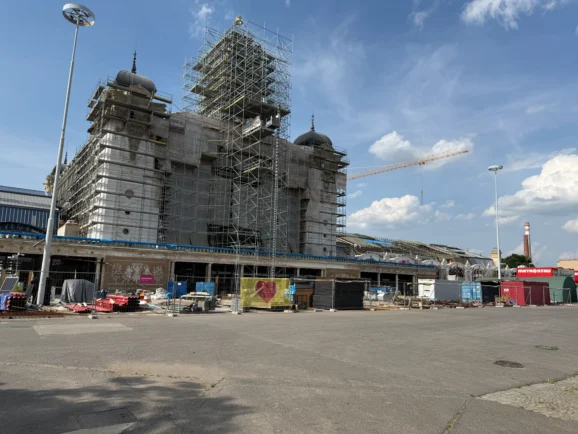
Balancing these contemporary complexes are historic properties like Martinic Palace, one of Prague’s finest Renaissance landmarks. Commissioned in the 15th century by Count Jaroslav Bořita of Martinic, it is adorned with sgraffito facades, ornate ceilings and frescoed interiors that rivalled royal standards at the time. Located beside the house where Mozart once lived during his six years in Prague, it lends architectural prestige to corporate events, exhibitions and workshops.
Like the wider sector, Martinic Palace has seen demand swing back toward in-person gatherings after the pandemic, with hybrid kept mainly to widen access to keynote sessions.
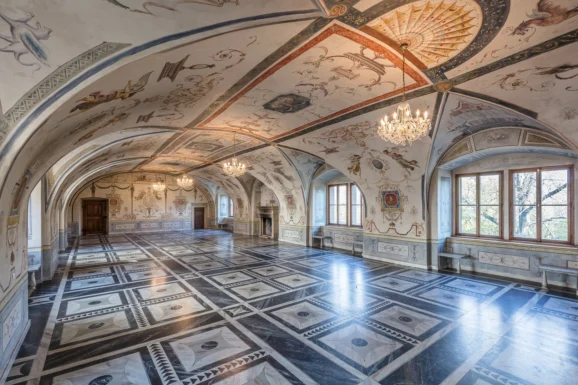

Prague’s accommodation base exceeds 800 hotels, covering everything from global chains to boutique independents. To understand what Prague brings to MICE organisers, we visited two of its flagship hotels, each showing a different side of the city’s hospitality landscape.
The first, Almanac X Alcron, is located in the Old Town within walking distance of the Astronomical Clock and a 30–40 minute drive from Václav Havel Airport. Like Martinic Palace, it is one of the city’s most recognisable landmarks. The hotel, which first opened its doors in 1932, has been reimagined to blend heritage with contemporary MICE needs. Art deco flourishes, Italian marble floors, curated Czech art and rotating floral installations set the tone in the lobby, while marble veins intentionally align across staircase steps and walls, a detail chosen by the original designer.
The hotel offers 204 rooms and suites with Spanish cosmetics and Czech gourmet products, plus a gym, sauna and treatment rooms. On the second floor, nine meeting rooms and a ballroom that can host conferences with up to 600 delegates. Conveniently, several bedrooms are located close to the meeting spaces for organisers who prefer to stay on site. The balance of the guest mix — roughly half leisure, half MICE — underlines the hotel’s role as a business hub as much as a leisure retreat.
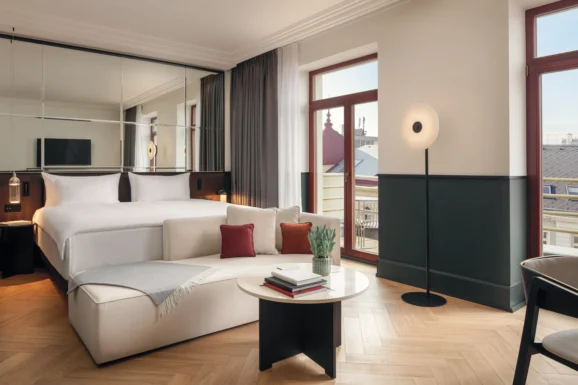
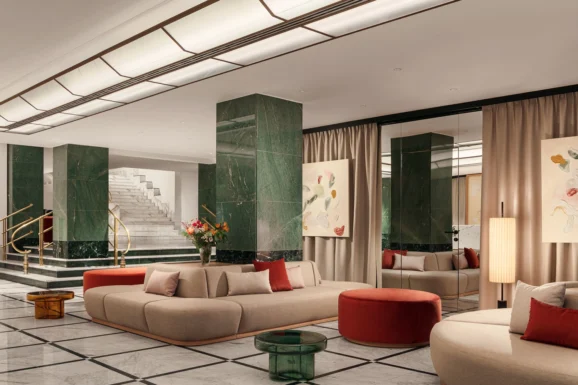
Its Alcron Restaurant is led by Michelin-trained chefs, with a zero-waste, seasonal model catering to dietary needs. A specialty coffee shop sits by the entrance, with a bar by the main staircase — popular gathering points for delegates. Importantly, the restaurant also welcomes non-resident diners, widening its role as a city venue.
The Prague Marriott, which we also visited, combines scale with a clear sustainability agenda. Earlier this year, the Prague Marriott became the first Marriott property in the Czech Republic to be awarded the international Green Key sustainability certification after cutting water consumption by 1,300 cubic metres, eliminating more than 100,000 plastic bottles, and composting 44,000 kilos of organic waste.
The sustainability ethos carries through to The Artisan Restaurant, which focuses on seasonal produce from within 200 kilometres of the city and applies the same low-waste principles in its kitchen as the hotel does in its operations. The kitchen makes its own vinegars and preserves, and all leftovers are composted for local farms or the garden behind the restaurant. For corporate groups, the Marriott and The Artisan together provide high-capacity accommodation alongside a dining offer built on sustainable principles.
Prague’s wider hotel stock is equally diverse and ranges from the Hilton Prague, a 750-room property with expansive conference space, to the riverside Four Seasons and the Mandarin Oriental, a former monastery that now combines history with modern luxury.
No MICE destination is judged on its conference spaces alone, and in Prague the range of incentives and downtime experiences is increasingly what turns a business trip into a memorable stay.
One of the newest additions is the Pilsner Urquell: Original Beer Experience, which immerses groups in Czech brewing culture through motion-triggered headphones, interactive exhibits, brewing simulations and tastings. It opened in 2023 in a restored art-nouveau building on Wenceslas Square, and is now an established group favourite. The visit ends in a classic beer hall, with the option to continue at the Tapster Academy, where delegates learn Czech pouring traditions — from the standard “smooth pour” with a foamy head (hladinka) to the quirky “milk pour,” a glass filled almost entirely with sweet foam (mlíko). Each participant leaves with a certificate and gift. The venue also offers event spaces that can accommodate up to 350 guests.
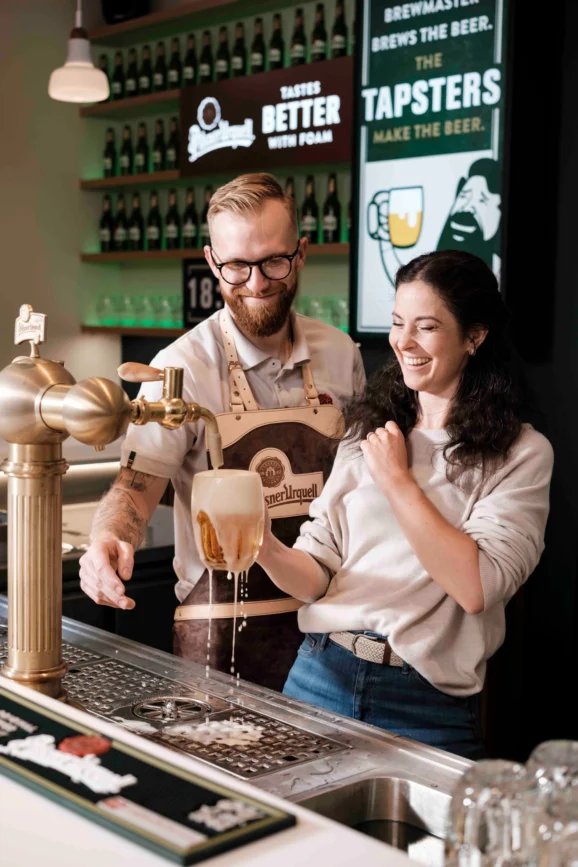
Elsewhere in the city, food and drink experiences are plentiful. Among the standouts is 420 Restaurant, which opened in 2023 opposite the Astronomical Clock. Local legend tells of a hidden tunnel beneath the site, once considered for a McDonald’s, but the real attraction is upstairs. Here, Michelin-linked chefs Radek Kašpárek and Marek Komínek blend Czech tradition with modern technique, producing dishes such as Escoffier veal schnitzel with truffle sauce, confit piglet belly with stuffed trotter, and slow-cooked beef shoulder with roasted marrow. Desserts reimagine Czech classics, including buchtičky se šodó with vanilla custard. Downstairs, a shop selling breads, smoked meats and other local delicacies reinforces the restaurant’s role as both dining destination and showcase for Czech produce.

The city’s culinary offering is complemented by experiences on the water. The Prague Steamboat Company, for instance, is celebrating its 160th season, with the historic Vltava steamer running full-day cruises to Slapy and romantic trips to Mělník. Its sister vessel Vyšehrad is being restored as a floating museum, complete with vintage uniforms, period interiors, Merkur models and children’s activity areas. Alongside the heritage fleet, a new generation of solar-charged electric boats offers silent, emission-free cruises with onboard bars, catering and private hire for gala dinners or receptions.
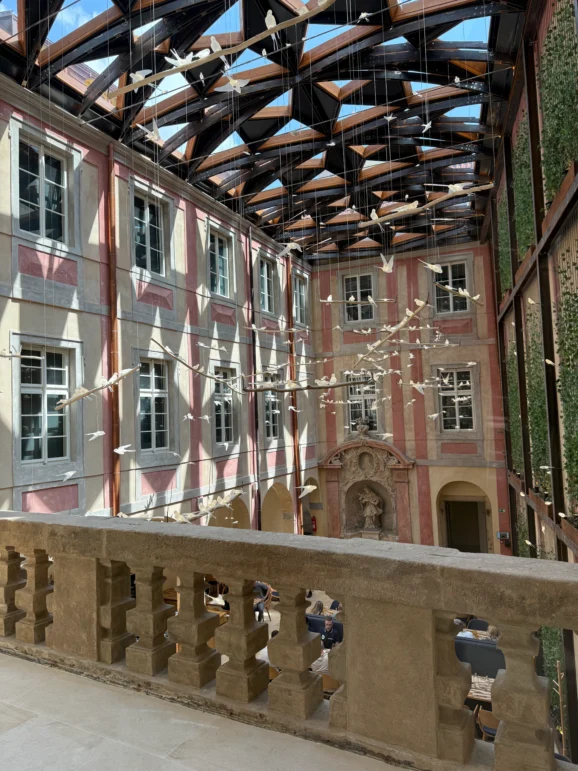
Beyond the river, delegates can explore the city through private tours of Prague Castle or curated gallery evenings, or extend their stay with wellness trips to Karlovy Vary’s hot springs or wine-tasting in Moravia.

Ollie Crow stayed at the Almanac X Alcron Prague Hotel as part of a press visit organised by Prague Convention Bureau
Read More: ‘Exploring France’s wildest delta: Julian Doyle on the trail of white horses, black bulls and the hidden history of the Camargue’. On the Rhône delta, white horses gallop through the shallows, bulls graze in open fields, and flamingos colour the sky pink. Yet beyond its rice paddies and salt flats, the Camargue is also a place of legend, where pilgrims honour Saint Sara and local tradition even tells of Mary Magdalene’s arrival by boat. Monty Python editor and religious scholar, Julian Doyle, sets out to uncover how this remote corner of France became a haven for wildlife and a centre of centuries-old devotion.
Do you have news to share or expertise to contribute? The European welcomes insights from business leaders and sector specialists. Get in touch with our editorial team to find out more.
Sign up to The European Newsletter
RECENT ARTICLES
-
 Prague positions itself as Central Europe’s rising MICE powerhouse
Prague positions itself as Central Europe’s rising MICE powerhouse -
 How BGG became the powerhouse behind some of the world’s biggest wellness brands
How BGG became the powerhouse behind some of the world’s biggest wellness brands -
 Exploring France’s wildest delta: Julian Doyle on the trail of white horses, black bulls and the hidden history of the Camargue
Exploring France’s wildest delta: Julian Doyle on the trail of white horses, black bulls and the hidden history of the Camargue -
 “Embarrassment is killing men”: leading cancer expert warns stigma hides deadly truth about male breast cancer
“Embarrassment is killing men”: leading cancer expert warns stigma hides deadly truth about male breast cancer -
 Diving into… Key West, Florida
Diving into… Key West, Florida -
 Nick Mason leads celebrity line-up at London Motor Week
Nick Mason leads celebrity line-up at London Motor Week -
 The simple checks every man should do for breast cancer
The simple checks every man should do for breast cancer -
 Concerto Copenhagen marks Danish EU presidency with gala at Bozar
Concerto Copenhagen marks Danish EU presidency with gala at Bozar -
 What effective addiction treatment looks like today
What effective addiction treatment looks like today -
 NOMOS Glashütte named Germany’s best sports watch brand 2025
NOMOS Glashütte named Germany’s best sports watch brand 2025 -
 Stars, supermoons and shooting fireballs: why November’s sky is unmissable
Stars, supermoons and shooting fireballs: why November’s sky is unmissable -
 “Derbyshire is both a treasure and a responsibility” — William Glossop on the New Heritage Shell Guide
“Derbyshire is both a treasure and a responsibility” — William Glossop on the New Heritage Shell Guide -
 Inside the Maldives’ most exclusive getaway
Inside the Maldives’ most exclusive getaway -
 Tripadvisor says this is one of the best hotels on Earth — we went to see for ourselves
Tripadvisor says this is one of the best hotels on Earth — we went to see for ourselves -
 Britain’s most storied guidebook series returns with a Derbyshire volume that mixes celebration with stark warnings of industrial devastation
Britain’s most storied guidebook series returns with a Derbyshire volume that mixes celebration with stark warnings of industrial devastation -
 Michelin shortlists Croatia’s Villa Nai 3.3 as one of the world’s best-designed hotels
Michelin shortlists Croatia’s Villa Nai 3.3 as one of the world’s best-designed hotels -
 Drive your own safari: why Kruger is Africa’s most accessible wildlife park
Drive your own safari: why Kruger is Africa’s most accessible wildlife park -
 Oggy Boytchev on Sardinia, an island of contrasts
Oggy Boytchev on Sardinia, an island of contrasts -
 At the edge of Europe. A cruise gateway on the Russian frontier
At the edge of Europe. A cruise gateway on the Russian frontier -
 The European Reads: What a 2,000-year-old philosophy can teach us about power
The European Reads: What a 2,000-year-old philosophy can teach us about power -
 Bleisure boom turning Gen Z work travel into ‘life upgrade’
Bleisure boom turning Gen Z work travel into ‘life upgrade’ -
 Bicester Motion October 2025 Scramble: 2025’s final ode to British motoring culture
Bicester Motion October 2025 Scramble: 2025’s final ode to British motoring culture -
 Glastonbury and Coachella set the stage for $400bn music tourism growth
Glastonbury and Coachella set the stage for $400bn music tourism growth -
 Wartski at 160: Fabergé dealer and royal jeweller stages landmark brooch exhibition
Wartski at 160: Fabergé dealer and royal jeweller stages landmark brooch exhibition -
 Europe’s property market shows fragile recovery as EXPO REAL survey highlights housing demand and policy strain
Europe’s property market shows fragile recovery as EXPO REAL survey highlights housing demand and policy strain

